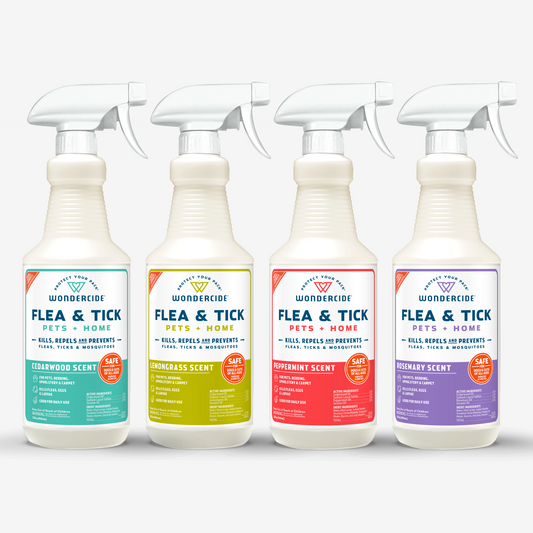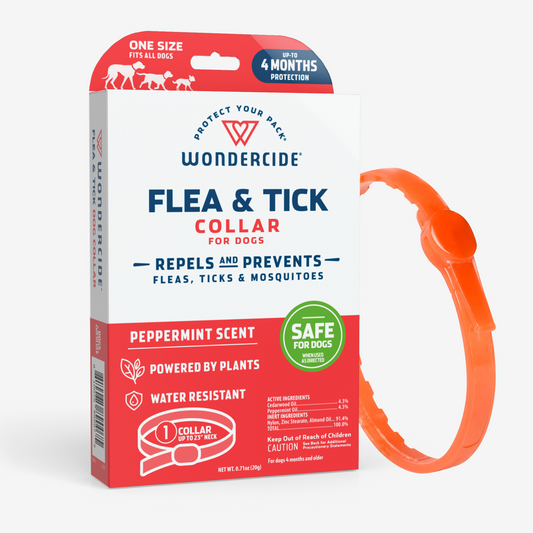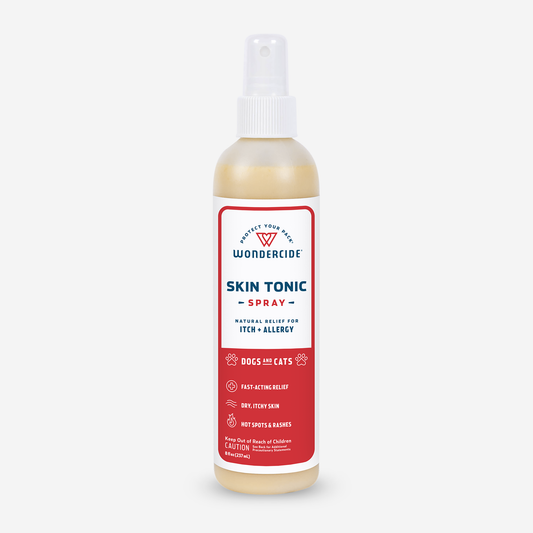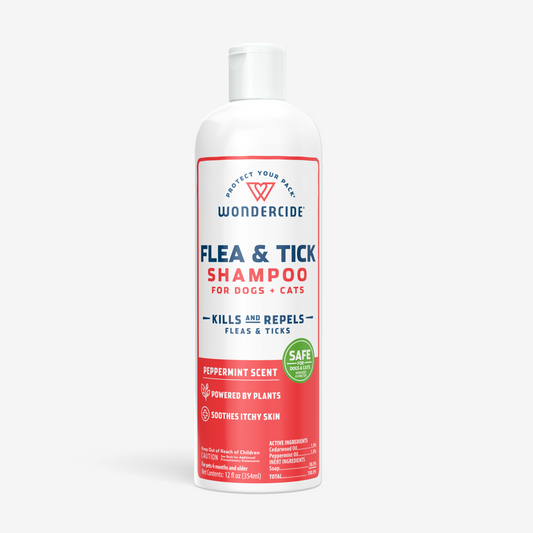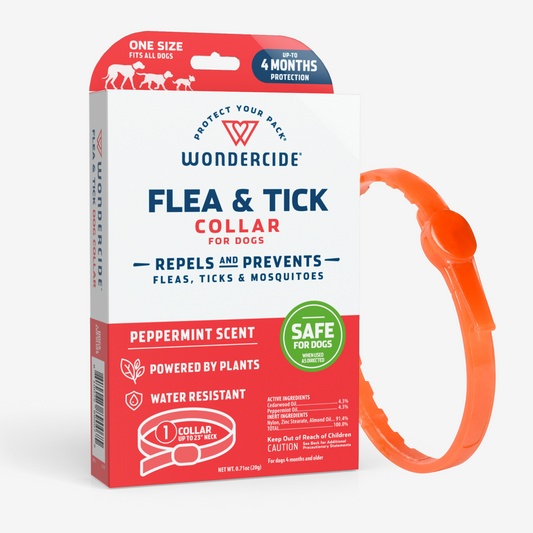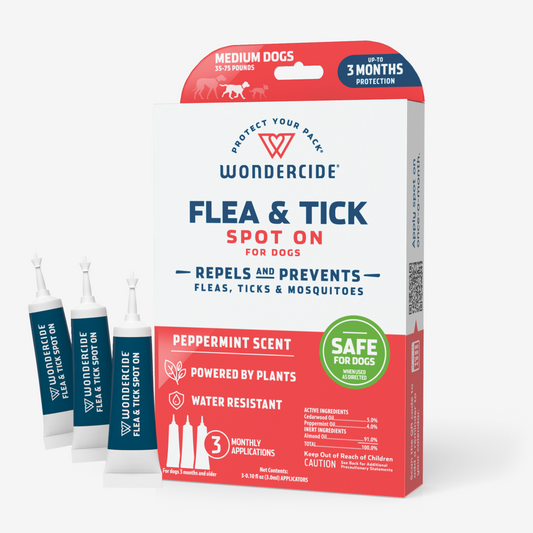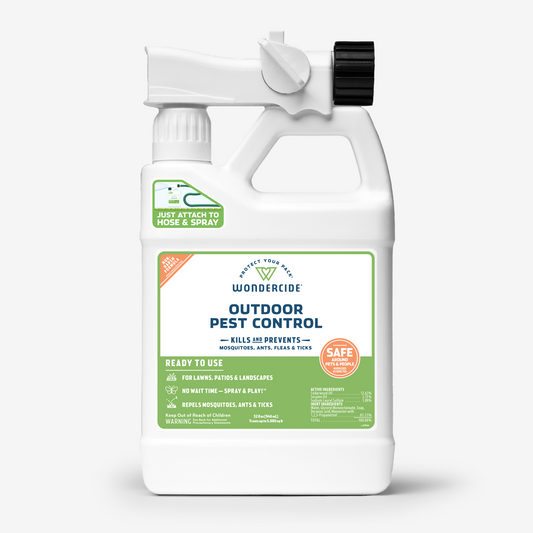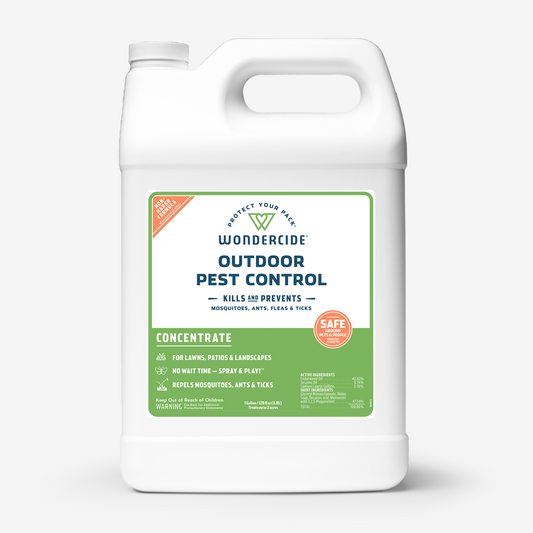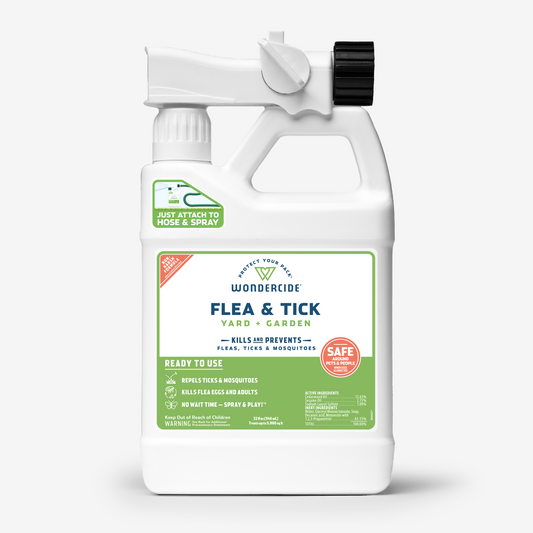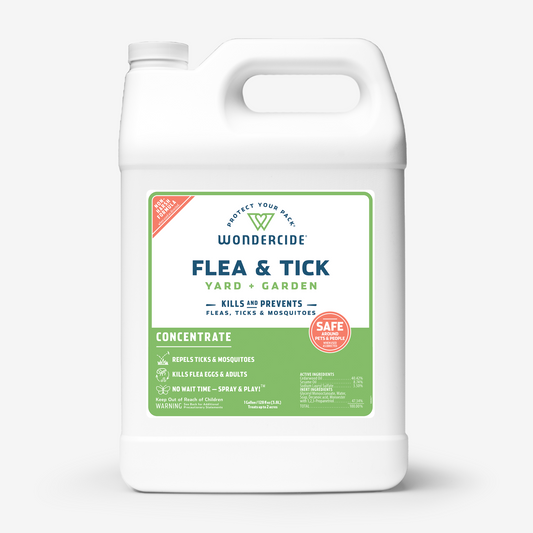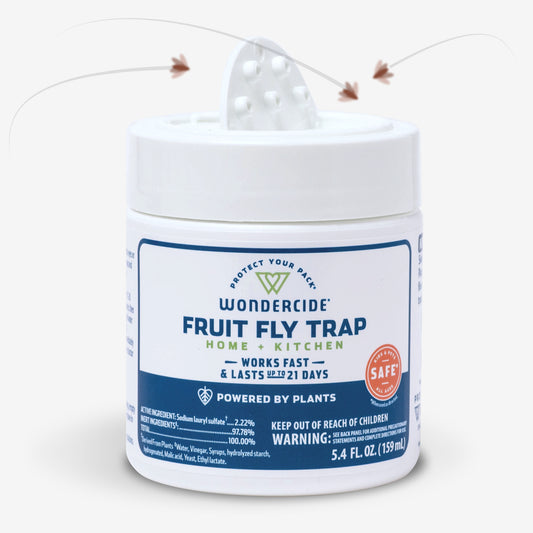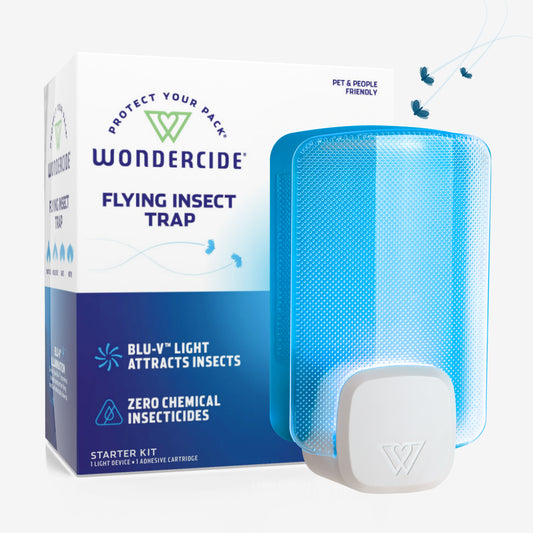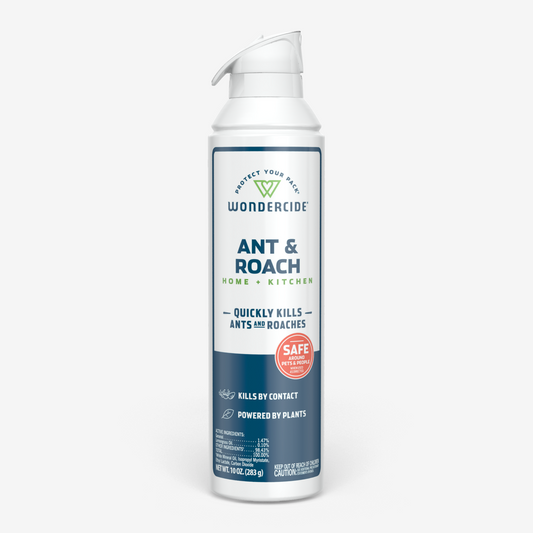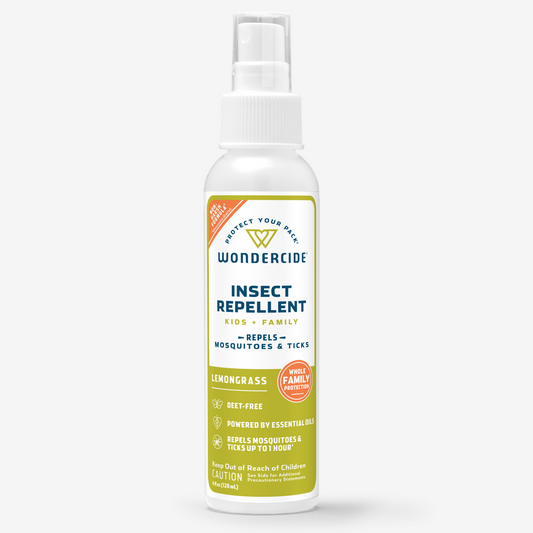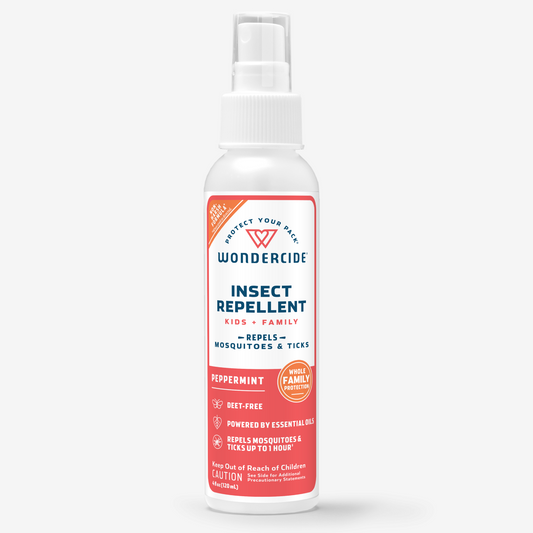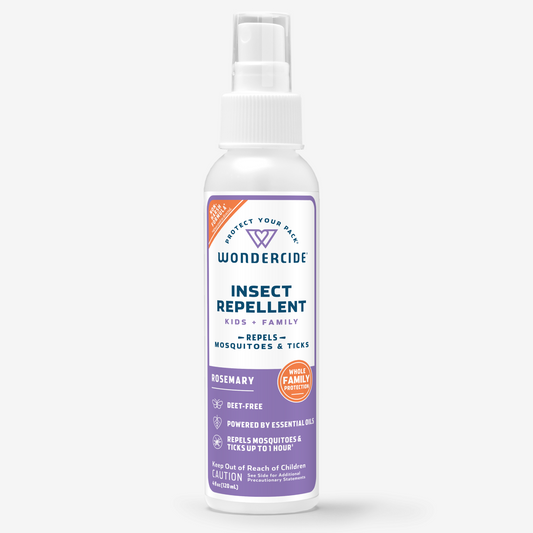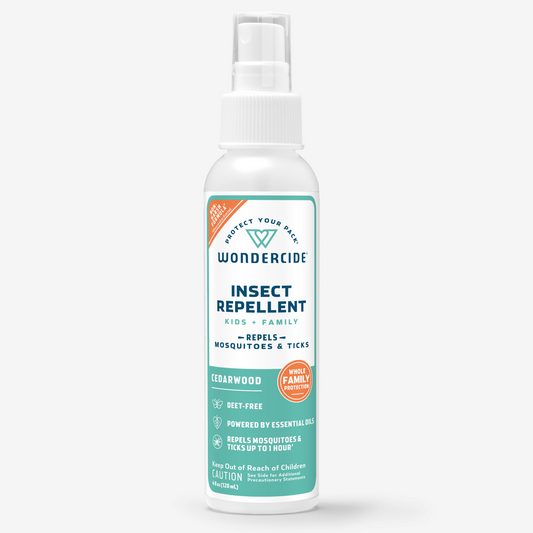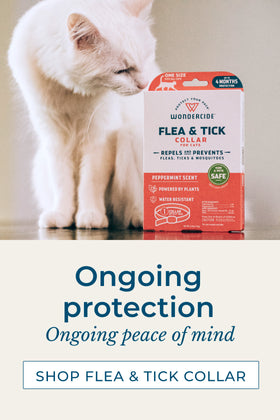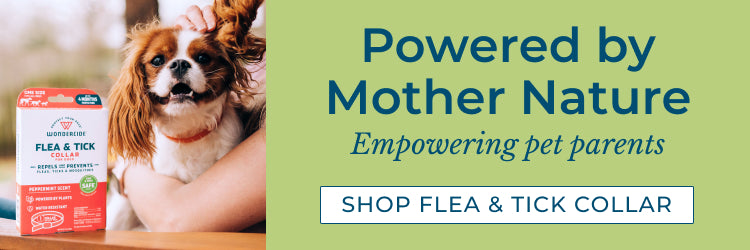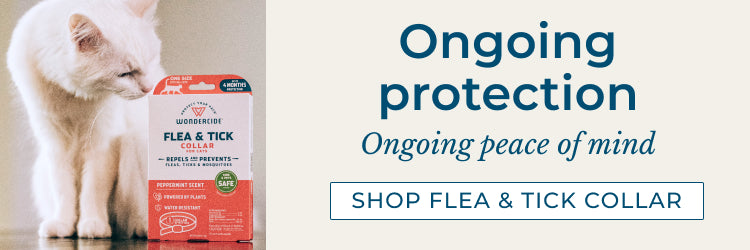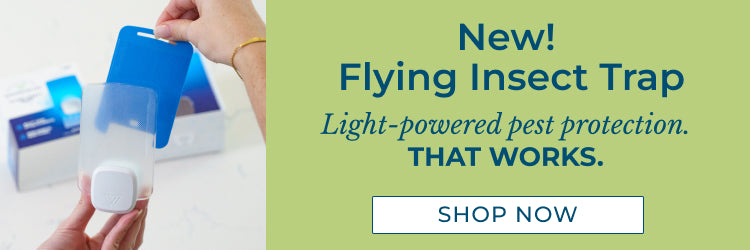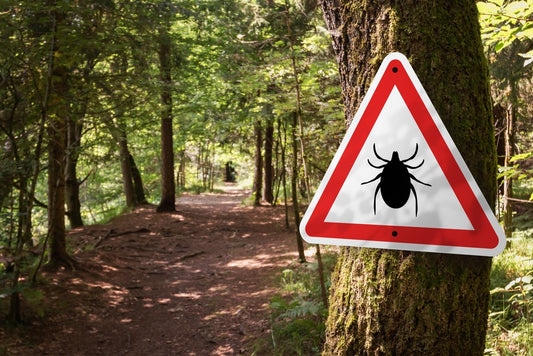Your ultimate goal is to get rid of the fleas driving you and your pets crazy, right? Shockingly, most fleas cannot be seen with our naked eye!
We advise a flea control system. Otherwise, you or your pet are likely to pick up fleas again and bring them back into a clean area you just treated. Dogs and cats share the same fleas. Fleas can survive on couches, carpets, in grass, and even on hardwood floors. All of these areas should be treated for successful pest elimination.
 What are the 4 stages of the flea life cycle?
What are the 4 stages of the flea life cycle?
1. Flea Eggs:
Flea eggs are white and about 0.5 mm (1/32”) in length. Eggs are laid by the adult flea after taking a blood meal. The eggs are laid on the dog’s skin and in the environment where their life cycle continues. Flea eggs represent approximately 50% of the total flea population. Eggs may hatch in as little as 14 days, or as many as 28 days, depending on environmental conditions. High humidity and warm temperatures make for perfect hatching conditions.
2. Flea Larvae:
Flea larvae are about 2-5 mm (⅛"to ¼") in length. They feed on organic debris found in their environment and on adult flea feces. They dislike strong light and move deep into carpet fibers or under furniture, grass, branches, leaves, soil, etc. Flea larvae prefer warm, dark, and moist areas. Outdoor larvae development typically occurs in shaded, moist areas where pets with fleas spend time. Our homes, which most of us keep climate-controlled, offer an ideal environment for flea larvae to grow.
Many insecticides applied to the environment will not kill the larvae – only the adults. Wondercide is an exception because our products are specially formulated to treat eggs, larvae, and adult fleas. Other conventional pesticides are formulated to only treat adult fleas. Because of this, adult fleas will eventually emerge into the environment months after you apply conventional pesticides in your home.
3. Flea Pupae:
Flea pupae produce a protective silk-like cocoon. This cocoon quickly becomes coated with grime and debris, which acts as camouflage. With warmth and humidity, pupae become adult fleas in 5-10 days. The adults emerge from the cocoon when stimulated by physical pressure, carbon dioxide, or heat. Unless they are able to feed, fleas can only exist for a few days once they emerge from the cocoon. Once they feed, adult fleas can survive up to 9 months!
4. Adult Fleas:
Unlike the larvae, the emerged adult flea is attracted to light and stays at the top of surfaces in order to find a passing host to feed upon. Two days after the first blood meal, female fleas begin egg production.
In normal circumstances the adult female will live up to three weeks, laying up to 40 eggs per day. The entire life cycle, from egg to adult flea can be completed in 14-38 days depending on the environment and conditions.

